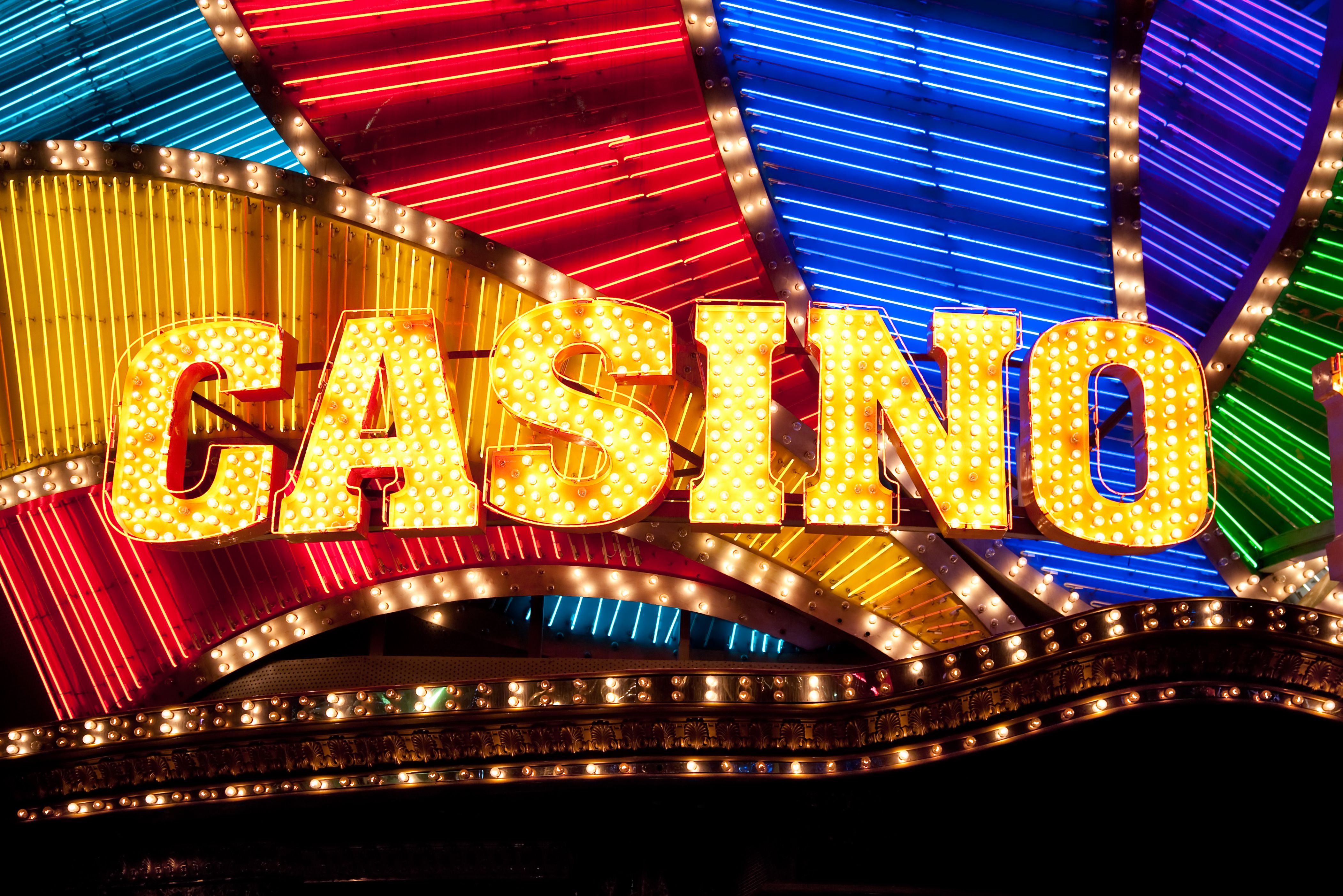The Social Impact of Casino Slots Across the World
Across the globe, the charm of slot machines has enchanted millions, overcoming cultural barriers and drawing in a wide array of players. From the bustling casinos of Las Vegas to the vibrant gaming halls of the gaming hubs in Macau, these magical machines have become emblems of thrill and suspense. The rotating reels and vivid visuals draw players into deeply engaging experiences, creating a distinct blend of chance and amusement that strikes a chord with people from every background.

As these games develop, their effects extends beyond simple betting; they shape popular culture, spark art, and alter social interactions. Whether it’s through cinematic representations of the casino lifestyle or the rise of internet-based slots that bring the thrill of casinos to the comfort of home, the cultural significance of gambling slots continues to grow. Exploring this situation reveals not just the systems of play, but also the profound relationships they establish within communities and their role in the broader tapestry of recreational pastimes worldwide.
Account of Gambling Slots
The origins of gambling slots can be backtracked back the late 19th century with the development of the first mechanical slot machine. In 1887, Charles Fey, a mechanic from San Francisco, created the first slot machine, which had three spinning reels and a simple design with icons such as horseshoe symbols and playing cards. This machine offered players a shot to win cash, laying the foundation for what would become a global gaming phenomenon.
As the popularity of slot machines expanded, various advancements appeared throughout the early 20th century. By the 1900s, numerous companies began creating their designs, enhancing the machines with additional features and more sophisticated mechanics. These early devices became a mainstay in bars, clubs, and eventually started to make their way into casinos. By the decade of the 1960s, the traditional slot machine was more refined with the advent of electronic elements, leading to more varied gameplay and increased player interaction.
The decade of the 1980s marked a major milestone when video visual technology was incorporated into slot machines. This advancement allowed for more intricate graphics, audio, and storylines, drawing in a wider audience. The fusion of stunning visuals and engaging gameplay transformed gambling machines into a major attraction in casinos around the globe. As a result, slots developed from basic machines into sophisticated entertainment devices, reflecting shifting cultural preferences and technological advancements.
Cultural Differences in Slot Games
Gaming slot machines have transformed so as to showcase various traditions and customs of the locales wherever they are enjoyed. As an example, in Japanese culture, such as, pachinko machines blend aspects between pinball alongside conventional slot games, resulting in a one-of-a-kind playing experience deeply intensely entrenched in Japanese entertainment culture. These machines often feature popular anime characters along with concepts, showcasing the intersection of gaming in pop culture in Japanese society.
In contrast, in the U.S., gambling games often themed based on popular movies, celebrities, or recognizable symbols of American tradition. This reflects a tendency toward celebrate while also monetize popular culture, allowing the slot experience understandable to participants. These eye-catching graphics and sounds aim to generate excitement as well as entice people into the slot experience, illustrating U.S. ingenuity in entertainment and tech.
Across Europe nations likewise have their own specific approaches toward slot games. As an example, in the UK, such as, old-school fruit devices popularized within pubs as well as arcades mirror regional preferences toward traditional game formats. Such devices frequently focus on simple designs while also clear-cut play, which speak favorably with players who cherish a fond gaming experience. This kind of regional difference illustrates the manner in which community influences shape the development while also appeal in slot slot machines in different regions of the globe.
The Evolution of Casino Slot Machines
As technology continues to evolve, the prospects of casino slots appears promising and dynamic. Advancements in gaming technology, such as VR and AR, are likely to redefine how players interact with slots. Imagine stepping into a digital gaming environment where players can engage with their environment more immersively, making the act of spinning the reels more thrilling and engaging than before. This shift could also attract a new audience, ushering in a fresh wave of casino gaming.
Moreover, the integration of artificial intelligence and large-scale data analytics will enhance customization in casino slots. đá gà thomo Players can look forward to games customized to their preferences, as AI analyzes their patterns and actions. This customization not only makes the gaming experience more fun but also encourages loyalty, as casinos work hard to meet individual player needs. Future slot games will likely include more immersive narratives and rich content, pushing the boundaries of traditional gaming.
In conclusion, the growth of mobile gaming will continue to shape the future of casino slots around the world. As more players opt for smartphones and tablets for gaming, casino operators will concentrate efforts on optimizing their games for mobile platforms. This convenience allows for more easy play, with players able to play their favorite slots anytime and anywhere. As the global gaming market grows, the evolution of casino slots will play a vital role in attracting new players and keeping the excitement of existing fans.










